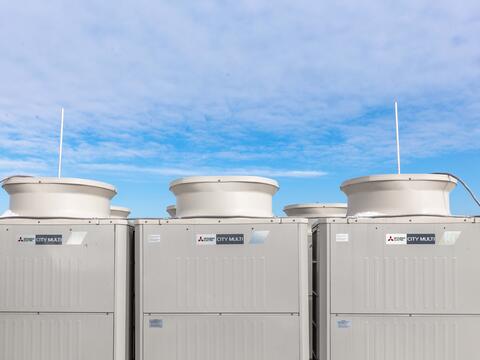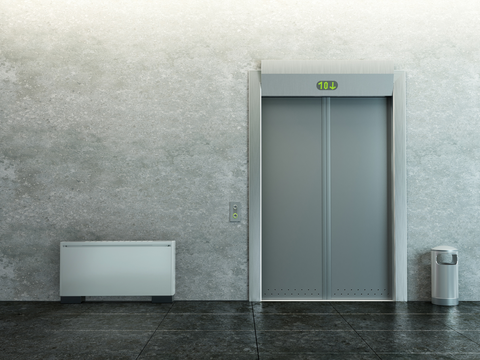WHAT TO KNOW ABOUT SEER WHEN CHOOSING AN HVAC SYSTEM

So you’re in the market for a new HVAC system. While comfort and cost is at top-of-mind, you’re probably searching for HVAC rebates and efficiency information, as you should. After all, upgrading your heating and air conditioning system is an investment in your home’s air quality, for a healthier environment and overall efficiency!
Those looking for reliable information to ensure they're getting the most verifiable savings possible often turn to HVAC industry sources. The most common metric for energy efficiency is SEER.
SEER RATINGS
Seasonal Energy Efficiency Ratio (SEER) ratings are ratios derived by calculating the annual cooling output during the cooling season divided by the total electric energy input. The total cooling output is the A/C’s British thermal unit per hour (BTUH) multiplied by the number of cooling hours per day and the number of cooling days per year. In other words, SEER is the miles per gallon of HVAC and represents how much electricity is required to run a unit at full capacity during a given period of time.
SEER ratings range from 13 – 30+, with higher numbers signifying increased energy efficiency. Overall, this rating is a good indicator of unit performance and is definitely one to keep in consideration when selecting your home’s HVAC system.
That said, SEER is a good starting measure of efficiency, but not the total measure regarding variable-capacity heat pumps.
THE OPERATION OF ZONED HVAC SYSTEMS
Variable systems, such as Mitsubishi Electric Zoned Comfort Solutions®, operate in a way that naturally saves more energy compared to traditional, centralized air-conditioning systems. For context, here’s a breakdown of their operation.
Centralized Air-Conditioning Systems: An air handler is centrally located in a home and moves air through ductwork into each room simultaneously. Similar to a light switch, a traditional HVAC system’s compressor is either on or off, operating at full power until the desired temperature is met, and then shuts off. Think of these conventional AC systems as “fixed-capacity” systems. No matter the actual load (the amount of heating and cooling your home needs) a fixed-capacity system runs as if temperatures are extreme.
Variable-Capacity Systems: Comfort zones are set up throughout a home with indoor units occupying each zone. Whether ducted or ductless, heat pumps condition spaces according to the occupant’s usage needs and maintain the homeowner’s preferred temperature (setpoint) for each zone. Operating like cruise control in a car, a variable-capacity system’s compressor ramps up or slows down to keep up with how outdoor temperatures and occupant activities impact the load. The unit only uses the amount of energy for the type of day. Hotter day, higher usage; cooler day, lower usage. However, the system will never use more energy than is needed. The compressor is always running but the way it modulates results in your system only using only the minimum amount of energy to keep your home comfortable.
To sum it up, SEER doesn’t account for part-load efficiency or how systems perform during regular, non-extreme temperatures. While traditional systems run at full capacity all the time, variable-capacity heat pumps save energy and money by matching capacity to the load. Unless it’s the hottest day of the summer or the coldest of winter, variable-capacity systems will typically run at partial capacity.
ANOTHER ENERGY MEASURE: COP
If you are considering a mini-split or split-ductless system, in addition to SEER, Coefficient of Performance (COP) is another great metric that can best help evaluate efficiency. Designed for heat pumps and air-conditioning systems, COP divides the energy output by the energy input. Like SEER, the higher the number, the more you save in energy bills and energy consumption.
It also should be noted that reviewing SEER and COP ratings for both unitary central and ductless HVAC systems isn’t necessarily an apples-to-apples comparison. With centralized air-conditioning systems, the air handlers are tested without ductwork attached. When installed in a home, the SEER and COP ratings are negatively impacted by the added ductwork, up to a 35% reduction in performance. Since ductless units are installed within the zone they serve, their performance is 100% reflective of their SEER and COP rating.
While there are benefits to all efficiency metrics and ratings, understanding the differences between them and how they can help us evaluate varying systems can be the deciding factor in one heating and air conditioning system over another.







